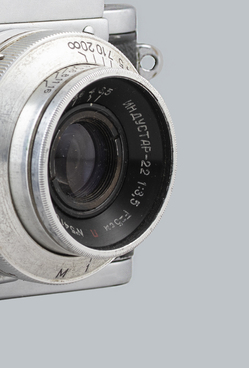Holography is a technique that records light waves reflected from an object and then reconstructs them in such a way that the viewer has the feeling of actually seeing the real object. Images made in the holography technique are called holograms.
Professor Dennis Gabor of the London College is considered the founder of holography. In 1947, while conducting research on sharpening the image using an electron microscope, he discovered holography — a new way of recording images. The English scientist received the Nobel Prize for this discovery, albeit only in 1971. This can be explained by the fact that holography began to develop only after the first laser had been created in 1960. Physicists used it to produce a three-dimensional image of an object.
There are many types of holograms. To obtain a flat transmission hologram of an object, it is placed near a photographic plate and illuminated with a beam of laser light. With the help of a special device, the beam is split into two parts, which are then reflected by mirrors in the desired direction: one — on the photographic plate, and the other — on the object. The duration of exposure is determined by the desired brightness of the image and the laser capacity. This way of recording an image on the surface of the photographic plate results in a hologram. It is a particularly complex picture consisting of many thin intricate lines, which bear no resemblance to the actual object. When reconstructing the image, the same scheme is used as when registering a hologram, the only difference being that the object and the laser beam illuminating it are removed.
The main difference between holography and all other methods of image registration is that each part of a hologram will contain a fully three-dimensional image of an object.
Holograms can be found on modern banknotes of
different currencies. The standard degree of protection in the form of
holograms can also be found on bank cards.

